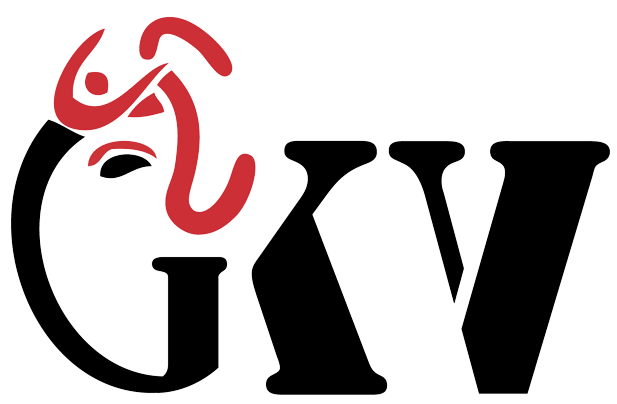Manual testing is an important part of quality assurance, even as automation is becoming increasingly popular. Automation can speed up repetitive tasks and large-scale testing, but manual testing has flexibility, creativity, and nuanced judgment that machines cannot match.
It is especially effective in exploratory testing, user interface testing, and validating certain edge cases that may not be captured by automated scripts.
This article will assist you in leading the best ways for manual testing. It can help QA professionals to deliver a better quality product and ensure the constant improvement of their skills.
1. Understand Requirements Thoroughly
Understand the requirements before any manual testing effort. This is not a superficial review but rather a deep dive into both the functional and non-functional requirements of the application. Clarity on scope, features, and user expectations will help you identify the most critical test cases to cover.
Tip: Use a requirement traceability matrix to tie test cases down to specific requirements. This guarantees all areas of the application are exercised and helps cover all tests.
2. Develop Test Cases with a Great Level of Detail
Test case development is an art form in manual testing. Well-formulated test cases guarantee complete coverage and avoid human mistakes. Good test cases should be concise, crystal clear, and easy to exercise. They ought to contain;
- Test Case ID
- Test Description
- Preconditions (what should be in place before testing)
- Test Data (values, test cases, etc)
- Steps to Follow
- Expected Outcomes
- Pass/Fail Criteria
Note: Design your test cases as modules. Avoid massive monolithic tests having a high number of steps. Instead, divide the tests into more manageable bits and pieces.
3. Test Selection By Risk
Not all software features are created equal. Some features are more likely to fail or cause significant issues in production. Understanding the risk profile of your application will help you prioritize test cases based on their importance and likelihood of failure.
Risk-Based Testing: Use risk-based testing techniques to focus on areas with the highest risk. Test critical functionality first and ensure that the most-used features work flawlessly.
Tip: Create a risk matrix, including factors such as complexity, user impact, and past issues, to help guide your test priorities.
4. Exploratory Testing
Exploratory testing is a way in which active testers try exploring the application itself and finding problems without specified test cases; here, more creativity and experiences play. However, it works the best while having time constraints or working on a relatively new product-the tester needs a few explorations by the application, trying to identify the features, functionalities, or issues that are needed.
Tip: Use tools like session-based testing to track your exploratory testing efforts. You can document your sessions to understand what areas you explored and what issues were found.
5. Focus on Usability and User Experience
The opportunity for manual testers to evaluate the application from a user’s perspective is unique. Automated tests cannot easily assess usability issues, such as confusing navigation, poor interface design, or non-intuitive workflows. Manual testers can simulate real user behavior to identify issues that could affect the user experience.
Tip: Always consider different types of users (novices, experienced, elderly, etc.) when evaluating usability. Diverse testing perspectives will lead to better insights.
6. Regression Testing: Focus on Stability
At the later stages of development, some of the main functionalities of an application might just break out of nowhere. It is important to test for regressions so that no new change degrades some already working functionality.
Tip: Maintain a suite of regression test cases that you can run every time there’s a new build or after changes are made. Focus on areas that are most prone to impact.
7. Use Bug Reporting and Communication Tools
The only way to ensure that the development team understands the issues found is through effective bug reporting. Clear, concise, and thorough documentation of defects is essential. Reporting bugs with detailed steps to reproduce, expected vs. actual results, and screenshots or videos can save developers time and help them understand the problem better.
Tip: Use bug-tracking tools like Jira, Bugzilla, or Asana, and provide context, logs, and environmental details for faster resolution.
8. Effective Communication and Collaboration
Communication is the key between developers, product managers, and testers. Regular meetings, stand-ups, and updates can ensure that everyone is aligned on the testing process, progress, and any roadblocks. Manual testers should work closely with other teams to understand what is expected and what can be improved.
Tip: Observe sprint reviews or planning to know new features and user stories that have to be tested. Group discussion might come up with underlying issues, enhancing test coverage.
9. Testing in Several Environments
For any given software to work across the environments, this becomes an important activity for manual testers, especially if the application under test is a web or mobile application. Testing it on multiple environments will ensure end users experience the application predictably and uniformly.
Tip: A good environment matrix helps track all the configurations. Tools like BrowserStack or Sauce Labs can assist with testing in multiple browsers/OS combinations.
10. Continuous Learning and Feedback
Manual testing is a constantly evolving practice. New technologies, tools, and techniques emerge frequently, and testers must be adaptable. Participate in QA communities, attend webinars, or take advanced testing courses to stay current. Regular feedback from peers or supervisors can also improve the quality of your testing process.
Tip: End every project by holding a post-mortem discussion about what went well, what didn’t, and the testing process in general.
Conclusion:
Mastering manual testing is a cornerstone of delivering high-quality software and ensuring user satisfaction. By following best practices such as thorough planning, clear documentation, effective communication, and a meticulous approach to test execution, QA professionals can significantly enhance the reliability and performance of any application. Embracing continuous learning, staying updated with industry trends, and maintaining a user-focused mindset are key to excelling in this field.

